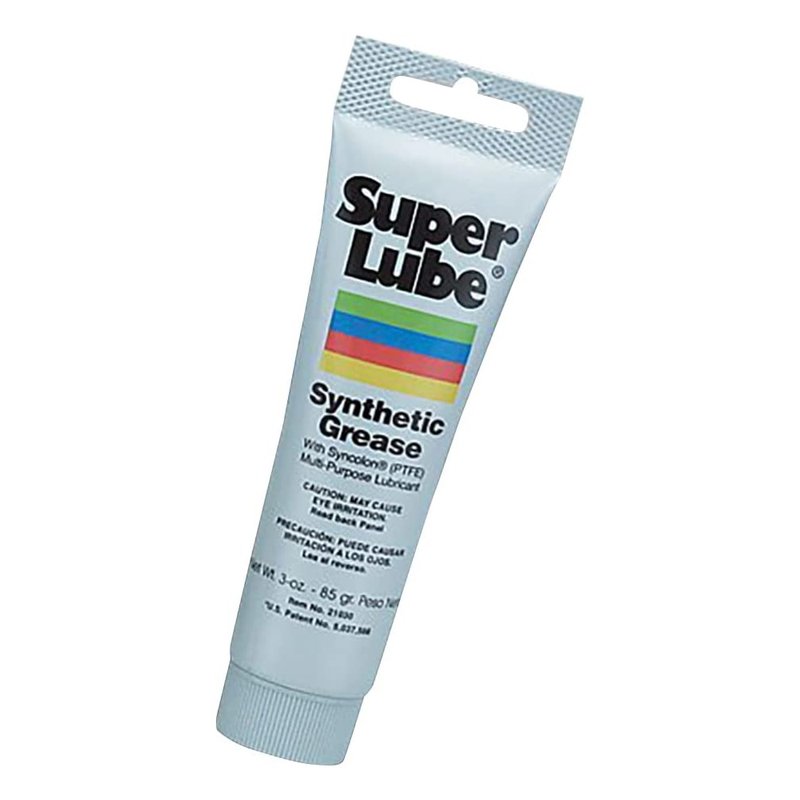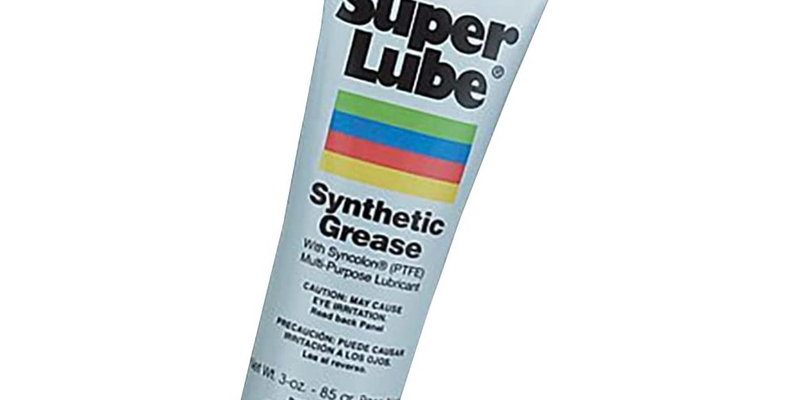
Imagine you’ve just renovated your home, and you want every detail to be perfect. That includes those doors that look pristine but squeak annoyingly when opened. The right lubricant can keep your door hardware smooth and quiet, and you don’t want to risk a product that will evaporate or lose its effectiveness near heat sources. Let’s dive into the best lubricants for your door hardware, especially those tricky spots near heat vents or radiators.
Why Lubrication Matters for Door Hardware Near Heat
Lubricants play a critical role in maintaining door hardware, especially near heat vents or radiators. Think of them as the oil in an engine; without it, everything grinds to a halt. The same goes for door hinges and locks. Proper lubrication ensures that the moving parts function smoothly, preventing wear and tear over time. When you live near a heat source, the stakes are even higher. Many common lubricants can evaporate or break down under high temperatures, leading to sticky or squeaky doors.
You might be wondering, “What happens if I use the wrong lubricant?” Well, using an oil-based lubricant near heat can lead to a sticky residue that attracts dust and grime. Over time, this buildup can actually jam your door mechanisms. Imagine trying to open a door that refuses to budge because the lubricant turned into a gooey mess! To avoid that, you want to choose a lubricant designed for high-temperature environments.
Types of Lubricants to Consider
When it comes to lubricants, you have a few types to choose from, each with its benefits and drawbacks. Here are the primary kinds that work well near heat vents and radiators:
- Silicone Lubricants: These are great for metal and plastic surfaces. They’re water-resistant and don’t attract dust, making them ideal for areas near heat.
- Graphite Lubricants: Perfect for locks and hinges, graphite doesn’t attract dust and can withstand a wide temperature range.
- PTFE (Teflon) Lubricants: Known for their long-lasting effects, PTFE lubricants provide excellent protection against heat and friction, making them a solid choice.
- Oil-Based Lubricants: While they are widely used, they might not hold up well under heat. If you choose this type, opt for one specifically labeled for high temperatures.
Each type has its own applications. For instance, if you’re working with a metal door lock, a graphite lubricant would be perfect. But if you’re dealing with plastic door stops, a silicone lubricant would be the better choice.
Top Lubricant Brands for Door Hardware
There are several brands known for producing high-quality lubricants suitable for door hardware near heat vents. Here are some of the top contenders:
- WD-40 Specialist: This trusted name offers a silicone lubricant that’s both effective and heat-resistant.
- 3-IN-ONE: Known for its multi-purpose oil, it’s also available in a silicone form, making it versatile for different applications.
- DuPont Teflon: Their PTFE lubricant is formulated to handle high temperatures, ensuring your hardware stays operational.
- Permatex: Their graphite lubricant is excellent for door locks and provides long-lasting performance.
Choosing a reputable brand is crucial. After all, you don’t want to invest time in maintaining your door hardware only to have a low-quality product fail within months.
How to Apply Lubricants Effectively
Applying lubricant sounds simple, but there’s a bit of a technique to get it right. Here’s a step-by-step guide to ensure you do it effectively:
1. Clean the Area: Before applying any lubricant, clean the surface of the door hardware. Remove dust, dirt, and old lubricant with a cloth or sponge.
2. Choose the Right Lubricant: Based on the type of hardware and its proximity to heat, select the lubricant that fits your needs.
3. Apply Sparingly: Always apply the lubricant sparingly. Too much can lead to a buildup that attracts more dirt. A couple of drops on the hinge or lock should do the trick.
4. Work It In: After applying, move the door back and forth to work the lubricant into the mechanism. This allows it to penetrate and reduce friction.
5. Wipe Away Excess: If you notice any excess lubricant, wipe it off with a clean cloth to prevent dust from sticking.
Following these steps ensures that your door hardware remains smooth and functional, even when it’s near a heat source.
Common Mistakes When Applying Lubricants
Even seasoned DIYers can make mistakes when it comes to lubricating door hardware. Here are some common pitfalls to avoid:
- Over-Lubricating: Slathering on too much lubricant can lead to drips and sticky buildups.
- Using the Wrong Type: Using a regular oil-based lubricant near heat can cause it to evaporate quickly.
- Neglecting Regular Maintenance: Doors need regular upkeep; don’t wait for a squeak to remind you!
- Ignoring Safety Precautions: Always follow product safety guidelines and wear gloves when necessary, especially with chemical-based lubricants.
If you want your door hardware to last, be sure to avoid these mistakes. A little care can go a long way.
Taking care of your door hardware is simple when you have the right lubricant, especially in areas near heat vents or radiators. The right choice can save you from annoying squeaks and potential damage. Remember to clean the area first, apply the lubricant sparingly, and don’t forget about regular maintenance.
Choosing a quality lubricant like silicone or PTFE, and brands like WD-40 or DuPont can make a noticeable difference. By avoiding common mistakes and applying the right techniques, you’ll keep your doors functioning smoothly for years to come. After all, there’s nothing quite like the sound of a door opening and closing quietly, isn’t there?
